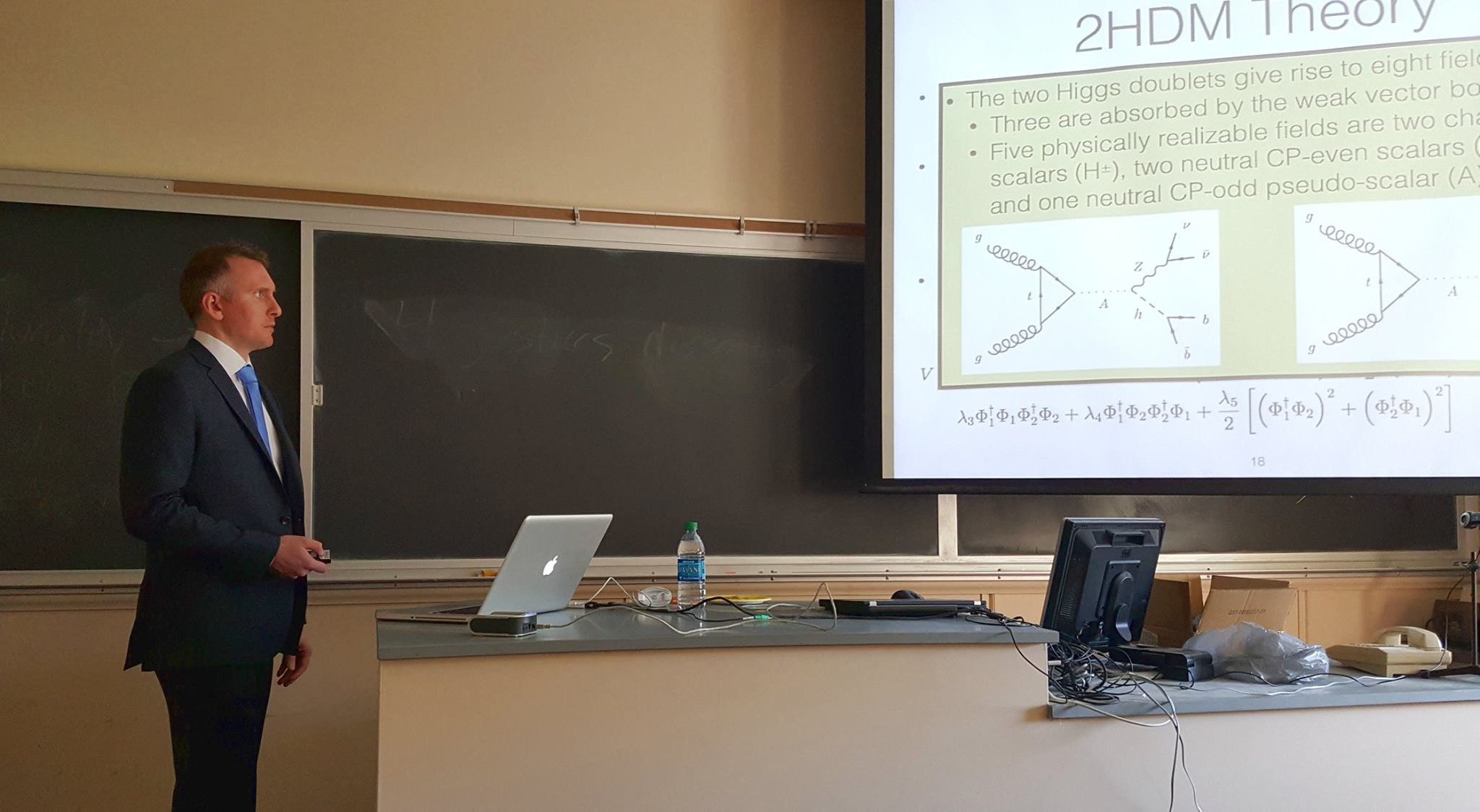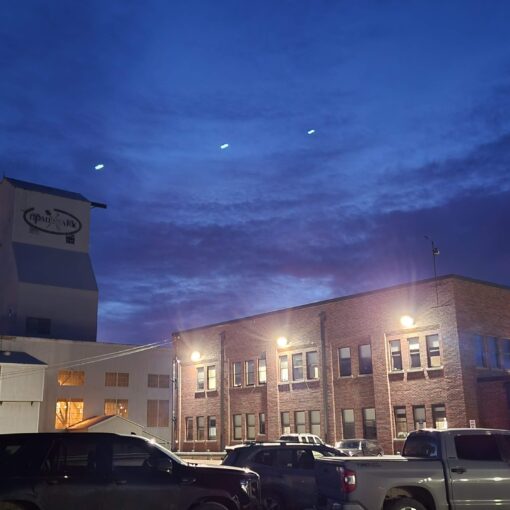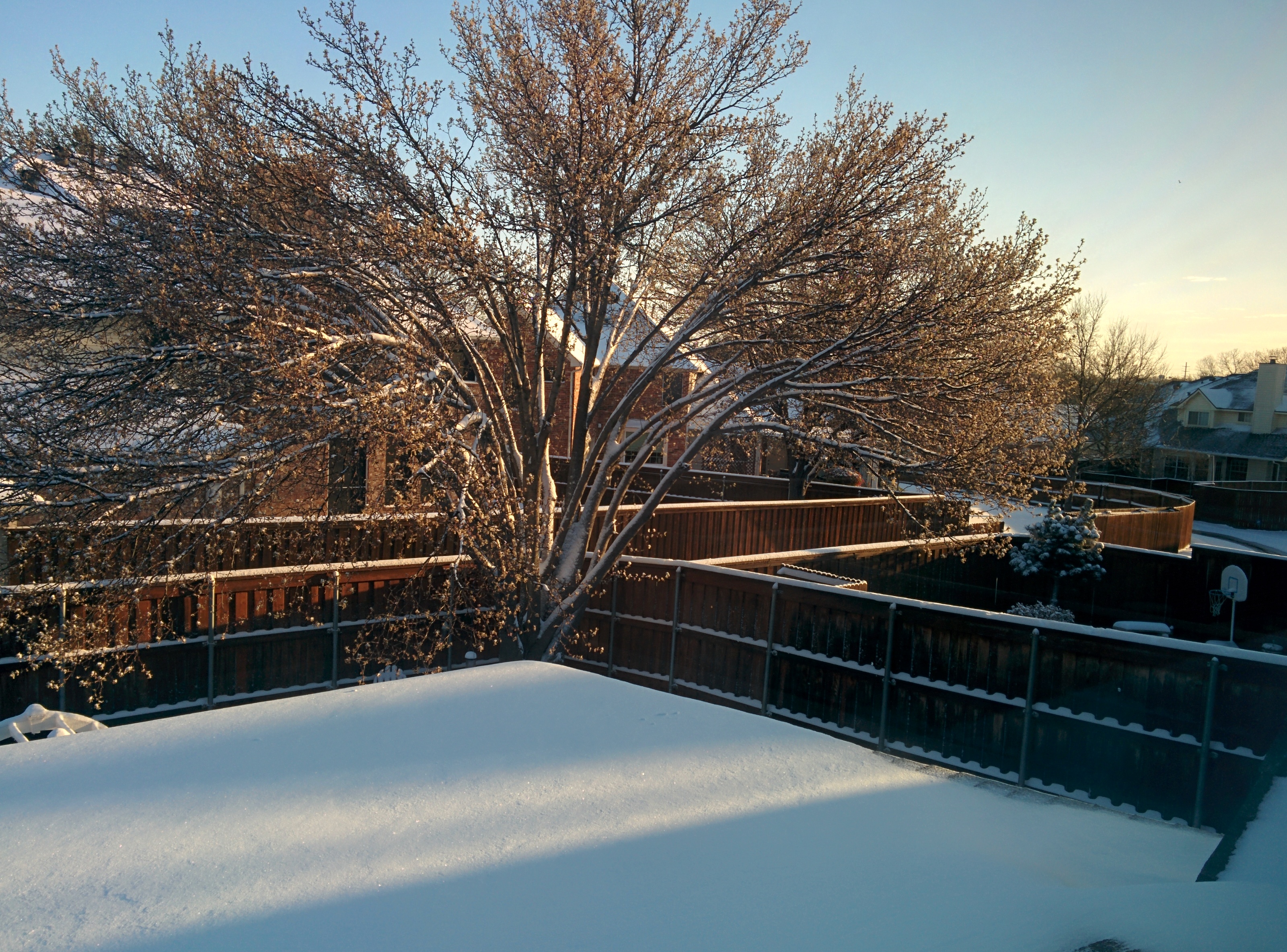
I haven’t done a week-in-review in quite a while, because I’ve been stupid busy. But I’m tired, I feel like writing, and this seems like a good way to reflect and pass the time. So let’s take a look at the week. This week began with Fall Break at SMU, and thus with me being sick. We cooked with cold in Honors Physics this week, and we started talking about Magnetic Fields in my introductory electricity and magnetism course. In honor of the memory and achievements of Ada Lovelace, I took up a computer science challenge. Oh, and Lindau.
Fall Break, Steve’s Sick
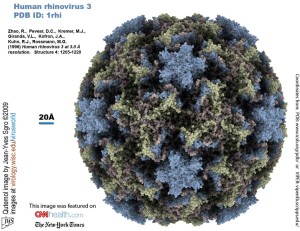
The joke in my family goes something like this: how can you tell it’s vacation time? Steve’s sick. It’s a pretty reliable benchmark. For whatever complex set of biochemical reasons or coincidences – in this case, I blame both – I seems to regularly fall ill the minute I get a break from work. Of course, ’tis the season. All of my college students are hacking and coughing and making poor choices about coming to class instead of sleeping.
But that wasn’t the cause of this one. Rather, the cause of this one was likely my 10 hour plane ride from London to Dallas the Friday before Fall Break. I had been returning from CERN, and was surrounded by coughing and sneezing people on the plane for nearly half-a-day. Who COULDN’T catch a human rhinovirus in that environment? Sure enough, 48 hours after getting off the plane I had the tickle in my throat, the itch in my nose, and that general feeling of bodily exhaustion. And I succumbed to a cold… not a super-bad one, but a cold nonetheless that kept me from doing much of anything for a few days.
So I spent most of Fall Break on a couch, catching up on Star Wars cartoons (“Rebels” and “The Clone Wars”) in preparation for the new Star Wars movie coming out in December.
Cooking With Cold
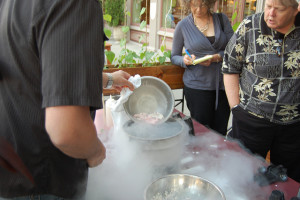
In Honors Physics this week, we cooked with cold. I gave a short lecture on the physics of ice cream, based on an excellent publication by Chris Clarke [1], and then we made ice cream using a French Custard and liquid nitrogen. We over-cooled it, and the ice cream got a little more solid than I wanted, but it doesn’t matter – LN2 ice cream is so creamy and melts in your mouth so fast, owing to the very tiny size of the ice crystals in it, that even if the texture looks funny your perception of it all changes the minute it hits your tongue.
Magnetic Fields
One of my goofier lecture videos, an introduction to magnetic fields, was assigned to my students ahead of class time on Thursday. This, of course, led to a fun little discussion about the idiots known as the “Insane Clown Posse” at the beginning of class, and the excellent science education video that was made in response to their foolish question, “Fucking magnets, how do they work? \ And I don’t wanna talk to a scientist \ Y’all motherfuckers lying, and getting me pissed.”
Check out the science education video in question here:
Computer Science
This week was Ada Lovelace Day, a day on which we can reflect on the contributions already made, and how to encourage more in the future, by women in science, mathematics, and technology. Ada herself was a mathematician whose great contribution was to understand that Charles Babbages “Analytical Engine,” a mechanical computer, would allow for the separation of operations from data and thus usher in a new science purely focused on operations themselves. These days, we would call this “computer science.” I was interviewed by a local high school student about Lovelace for a project she is doing on the mathematician, and this got me thinking about making a computational paradigm shift in my own life.
Encouraged by my graduate students and inspired by Lovelace, I took it upon myself to start digging into Functional Programming this week. This included the Rich Hickey Lecture, “The Value of Values,”
and a formal lecture series on Functional Programming by Dr. Erik Meijer:
Nominating Students for Lindau
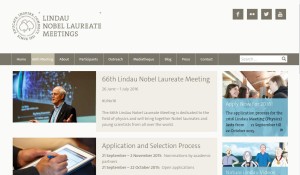
This was not on our radar until it was nearly too late, but 2016 is the year of the Physics Lindau Nobel Laureate Meeting, a chance for students early in their graduate careers to interact with Nobel Laureats in Physics in Lindau, Germany. The students participate only when nominated and selected by a committee. We nominated two students to participate in the 2016 Lindau Meeting, and despite running up against the deadline everybody involved was efficient and professional. We were lucky; Lindau is essentially a once-in-a-lifetime activity since the physics meeting is only every 5 years and they have semi-strict requirements on what graduate students can be nominated (they cannot be too close to defending their Ph.D.).
More info here: http://www.lindau-nobel.org/
[1] Clarke, Chris. “The Physics of Ice Cream”. Physics Education, Volume 38

